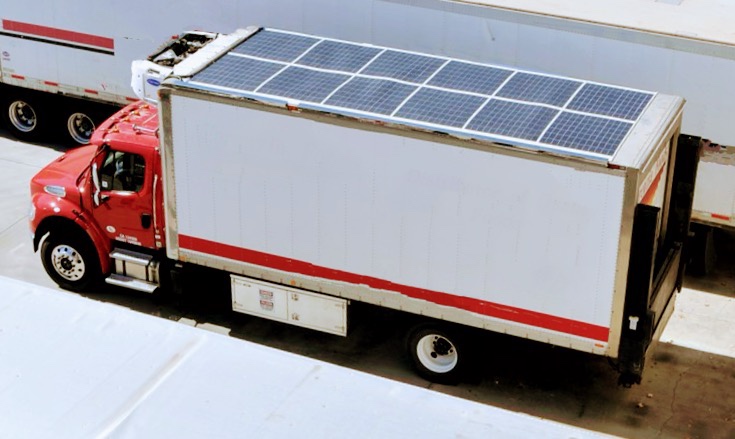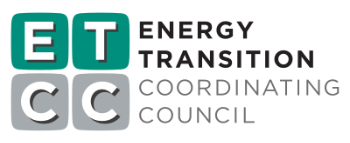Project Info
COMPLETE
 Project Title
Project Title
 Project Title
Project Title
High Efficiency All-Electric Truck & Trailer Refrigeration Unit Plug Load Evaluation
Project Number ET19SCE1120 Organization SCE End-use Process Loads Sector Commercial Project Year(s) 2019 - 2024Description
Work with local refrigerated truck fleet to demonstrate energy demand profiles, costs and benefits. Use plug-in capabilities, truck/trailer mounted PV, batteries, to demonstrate environmental and cost benefits of using electric powered TRus as much as possible. Substitute R-404A refrigerant with drop in replacement to demonstrate impacts to efficiency of TRu and ability to operate on electricity by characterize the energy and GHG impacts.
Project Report Document
Loading PDF Preview...
